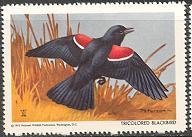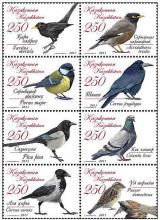Evidence emerges of chronic botulism in cattle and farmers as the result of glyphosate use
Glyphosate use has gone up sharply worldwide since the introduction of glyphosate-tolerant GM crops. Herbicide use per acre has doubled in the US within the past five years compared with the first five years of commercial GM crops cultivation, the increase almost entirely due to glyphosate herbicides. Glyphosate has contaminated land, water, air, and our food supply. Damning evidence of its serious harm to health and the environment has been piling up, but the maximum permitted levels are set to rise by 100-150 times in the European Union with further hikes of already unacceptably high levels in the US if Monsanto gets its way.










